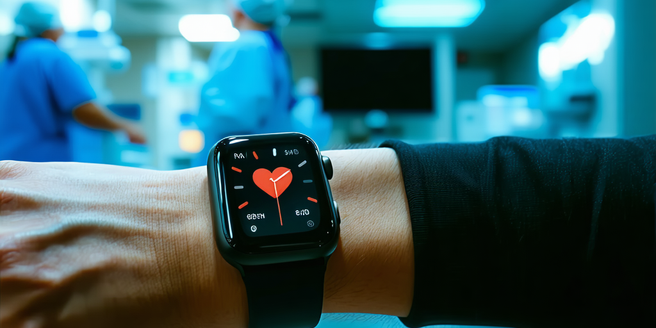
Wearables For Pain Management
Wearable technology in healthcare has revolutionized patient monitoring and personalized treatment plans by continuously recording vital metrics such as heart rate and activity levels. These devices improve patient engagement, compliance, and healthcare operations by offering real-time updates and facilitating early diagnosis and management of chronic conditions. In pain management, devices like TENS units, biofeedback tools, and smart patches provide non-invasive relief options, enhancing quality of life by addressing pain without medication side effects. They monitor pain levels through advanced sensors and algorithms, allowing for real-time treatment adjustments and customization. Brands like Quell, Omron, and iTENS lead the market with innovative solutions tailored to diverse needs. The future of wearable pain management technology focuses on advancements like smarter algorithms, miniaturization, and artificial intelligence integration to offer even more discreet, efficient, and predictive pain management solutions.

Fitness Trackers: Health Monitoring
Fitness trackers are essential wearable devices that monitor health metrics such as steps, heart rate, and sleep patterns, helping users improve their overall wellbeing by setting and achieving health goals. Key features to consider when choosing a fitness tracker include heart rate monitoring, GPS functionality, sleep tracking, water resistance, battery life, and compatibility with smartphones. These devices offer constant health insights, motivate users to adopt healthier habits, and enhance accountability. They provide real-time feedback and encourage physical activity, boosting daily exercise levels. In 2023, top fitness trackers like the Apple Watch Series 8, Fitbit Sense 2, Garmin Venu 2, Samsung Galaxy Watch 5, and Whoop Strap 4.0 cater to various needs, emphasizing features like advanced health monitoring, design, and integration with devices.

Special Edition Headphones For Audiophiles
Audiophile headphones are designed for superior sound quality with features like larger drivers, better materials, and open-back designs for a natural soundstage. Special edition models further enhance aesthetics and acoustics with unique finishes, upgraded circuitry, and luxury ergonomics. Recent 2023 releases showcase advancements in materials, driver technology, and battery life, with notable collaborations offering tailored sound signatures. High-end brands like Sennheiser, Audeze, and Focal are renowned for their sound fidelity and build quality, each offering unique strengths. Choosing the right headphones involves considering usage, design, sound profile, connectivity, and budget, with brand reputation and durability being crucial factors. Proper maintenance is essential to preserve performance and longevity of high-quality audio gear.

Home Automation Product Reviews
Smart thermostats, lighting control systems, security cameras, voice assistants, and smart locks are transforming home automation by enhancing energy efficiency, security, and convenience. Smart thermostats optimize energy usage, lower utility costs, and integrate with other devices, offering remote control and voice command capabilities. Lighting control systems allow for customizable ambiance with automated features that save energy and enhance living spaces. Security cameras ensure comprehensive surveillance with high-definition video and real-time mobile access, providing peace of mind. Voice assistants enable seamless control of smart home devices through intuitive voice commands and adaptability, improving daily life management. Smart locks revolutionize home security by enabling keyless entry and remote access, integrating seamlessly into home systems for enhanced accessibility and monitoring. These advanced technologies combine convenience, cost-efficiency, and improved security, contributing to an enhanced and sustainable home experience.

Sustainable Work Practices
Understand the increasing importance of sustainability in today's global landscape, driven by environmental degradation and climate change. Businesses must embrace sustainable practices not as a trend, but as essential for long-term success. By adopting eco-friendly policies, companies can reduce their environmental impact through energy efficiency, waste reduction, and sustainable sourcing. Employee engagement is crucial, as actively involved staff can drive sustainability initiatives forward. The benefits of sustainable practices include cost savings, enhanced brand reputation, regulatory compliance, and improved employee morale. However, transitioning to sustainability presents challenges, such as initial implementation costs and organizational resistance. Overcoming these requires fostering a culture of change and collaboration. The future of sustainable work will see increased innovation and integration of advanced technologies.
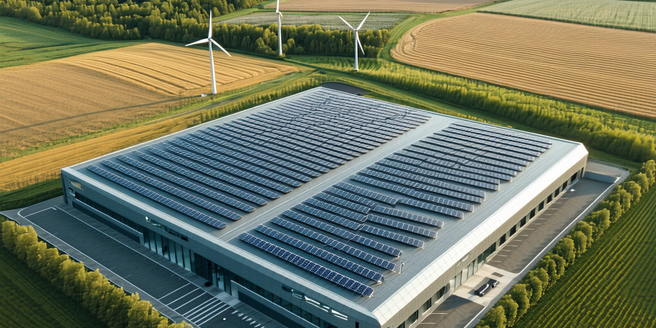
Cloud Storage Solutions For Teams
Understanding cloud storage is essential for leveraging its flexibility and scalability. Offering options like public, private, and hybrid clouds, it serves various security needs. Familiarity with services such as SaaS, IaaS, and PaaS aids organizational decision-making. Cloud storage enhances team collaboration by providing remote access, real-time editing, and robust data protection, while integrating with project management and communication tools streamlines workflows. Selecting the right provider, like Google Drive, Dropbox, Microsoft OneDrive, or Amazon S3, depends on features and security, including encryption, multi-factor authentication, and compliance with standards like GDPR. Integrating cloud storage can improve productivity by connecting to existing business tools, ensuring seamless file sharing and data management.

Fashionable Wearable Accessories
Tech-infused fashion is revolutionizing the industry by blending innovation with style, highlighting trends like smart fabrics, stylish smartwatches, innovative eyewear, and sustainable accessories. Smart fabrics monitor health and change appearance, while smartwatches offer a chic blend of practicality and style. Innovative eyewear includes smart glasses with AR and health features, and sustainable accessories prioritize eco-friendly materials. The future of wearable fashion promises more customizable, technologically advanced options, as tech and fashion converge to enhance personal style.
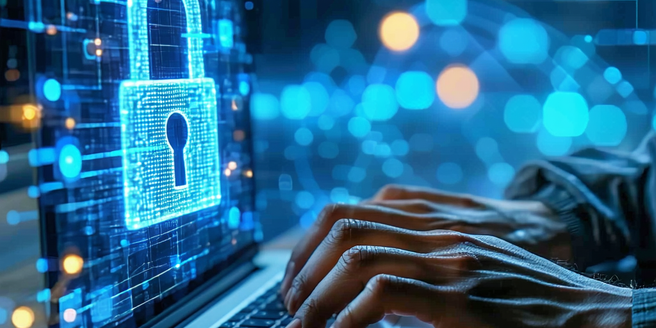
Digital Hygiene: Maintaining Secure Devices
Digital hygiene involves maintaining and protecting your digital devices and personal information through practices that enhance cybersecurity, such as strong passwords and regular updates. Securing devices includes using two-factor authentication and reliable antivirus software, while staying informed about threats helps mitigate risks. Avoid online threats like phishing by verifying email sources and downloading software from reputable providers. Regular software maintenance, including automatic updates and data backups, is crucial for device security. Protect personal information by understanding privacy settings, using secure connections, avoiding public Wi-Fi for sensitive tasks, and utilizing unique passwords. These comprehensive strategies significantly boost digital security and safeguard personal data.
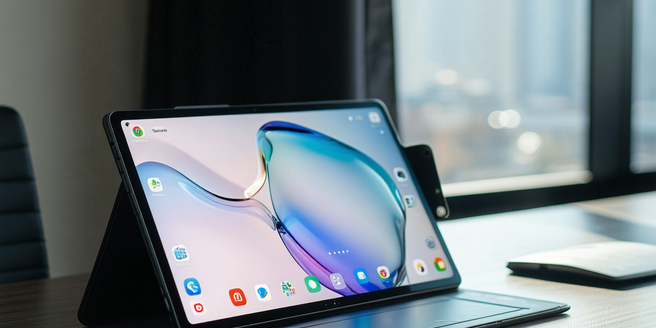
Android Tablets: Samsung Vs Lenovo
For consumers exploring tablet options, the Design and Build Quality Comparison highlights the distinct choices between Samsung’s sleek, modern aesthetics and Lenovo’s durable, ergonomic designs. When looking at Display Features and Performance, Samsung stands out with vibrant Super AMOLED displays and higher refresh rates, ideal for media enthusiasts, while Lenovo offers efficient IPS displays that provide solid performance without excessive power drain. In terms of Battery Life and Charging Capabilities, Samsung focuses on fast charging and energy-efficient designs, whereas Lenovo prioritizes long-lasting battery health with larger-capacity options. The Software and User Experience Differences section indicates Samsung’s feature-rich One UI, which enhances multitasking, and Lenovo’s preference for a clean, stock Android experience appealing to those who favor simplicity. Lastly, the Price and Value for Money Analysis contrasts Samsung’s premium offerings with Lenovo’s budget-friendly models, providing reliable performance for cost-conscious buyers seeking fundamental functionality. Both brands effectively cater to varying consumer needs, balancing style, performance, and affordability.

Drone Photography Accessories
Unlock the potential of aerial photography with the right equipment and knowledge. Selecting the best camera mounts and lenses for your drone is key to capturing stunning footage and images. Gimbal mounts offer stabilization for smooth videos, while wide-angle and zoom lenses provide flexibility and quality. Efficient battery management ensures longer flights, allowing more creative time in the sky. Secure your gear with protective cases to prevent damage and extend equipment longevity. Enhance your photos with filters, such as ND and polarizing options, to achieve professional results. Using remote controllers and signal boosters can improve connectivity, ensuring seamless operation during shoots. Invest in quality tools and maintenance for outstanding aerial photography experiences.
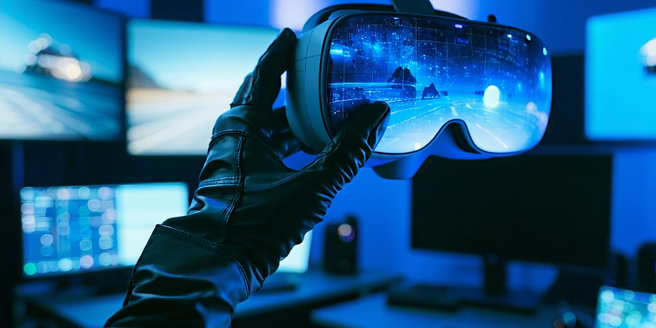
Haptic Technology Innovations
Haptic technology is transforming digital interaction by incorporating tactile feedback, enhancing user experience across devices like smartphones and VR systems. As the technology advances, its ability to simulate realistic touch sensations is improving, influencing fields such as user interface design and gaming. Recent innovations focus on precision and user experience, utilizing advanced materials and AI for real-time adaptation. Haptics significantly impacts virtual reality by adding tactile dimensions, making interactions more lifelike and benefiting training and educational applications. In healthcare, haptic feedback enhances surgical precision, training, and patient rehabilitation. However, challenges in developing robust haptic systems include simulating tactile sensations accurately and designing durable, energy-efficient devices. Despite these obstacles, haptics is poised to redefine user interaction with technology.

Standing Desk Transition Tips
Transitioning to a standing desk offers significant health benefits, such as reducing obesity and heart disease risks, improving posture, and increasing energy levels. Alternating between sitting and standing can minimize the hazards of a sedentary lifestyle, alleviate back pain, and enhance productivity and focus. To choose the right standing desk, consider your budget, workspace, adjustability, and ergonomics. Setting up a standing desk correctly involves ensuring the desk height allows for a 90-degree elbow angle and that the screen is at eye level, using a supportive mat, organizing your workspace for ease, and adjusting lighting to prevent glare. Maintaining correct posture is crucial; distribute weight evenly, keep feet shoulder-width apart, and ensure your monitor is at arm's length with the top at eye level. Be mindful of common challenges like leg discomfort and fatigue by using a cushioned mat, starting with short standing intervals, and making necessary ergonomic adjustments. Gradually adapt your body to standing and balance between sitting and standing for optimal health benefits.